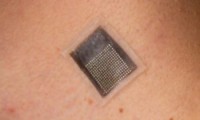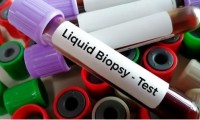-
Hyperbaric Oxygen May Improve Heart Function in Long COVID
- Source: drugdu
- 114
- May 17, 2023
-
FDA Approves First-Of-Its Kind Drug to Ease Menopause Symptoms
- Source: drugdu
- 150
- May 16, 2023
-
Steroids linked to long-lasting heart disease risk and worse quality of life
- Source: drugdu
- 110
- May 16, 2023
-
COVID-19 that occurs after vaccination carries a much lower risk of severe illness
- Source: https://www.news-medical.net/news/20230511/COVID-19-that-occurs-after-vaccination-carries-a-much-lower-risk-of-severe-illness.aspx
- 122
- May 14, 2023
-
Simple Insulin Sensitivity Score Stratifies Post-CABG Risk
- Source: drugdu
- 126
- May 12, 2023
-
AstraZeneca’s heart failure treatment approved for expanded use in US
- Source: drugdu
- 144
- May 12, 2023
-
Most effective treatment for excessive daytime sleepiness found
- Source: drugdu
- 118
- May 11, 2023
-
New study reveals the best diets for a healthy heart
- Source: drugdu
- 138
- May 5, 2023
-
Wearable ultrasound researchers report breakthrough in deep tissue monitoring
- Source: drugdu
- 136
- May 5, 2023
-
Quest to Reach Another Segment in Liquid Biopsy with New M&A
- Source: drugdu
- 137
- May 1, 2023
your submission has already been received.
OK
Subscribe
Please enter a valid Email address!
Submit
The most relevant industry news & insight will be sent to you every two weeks.













